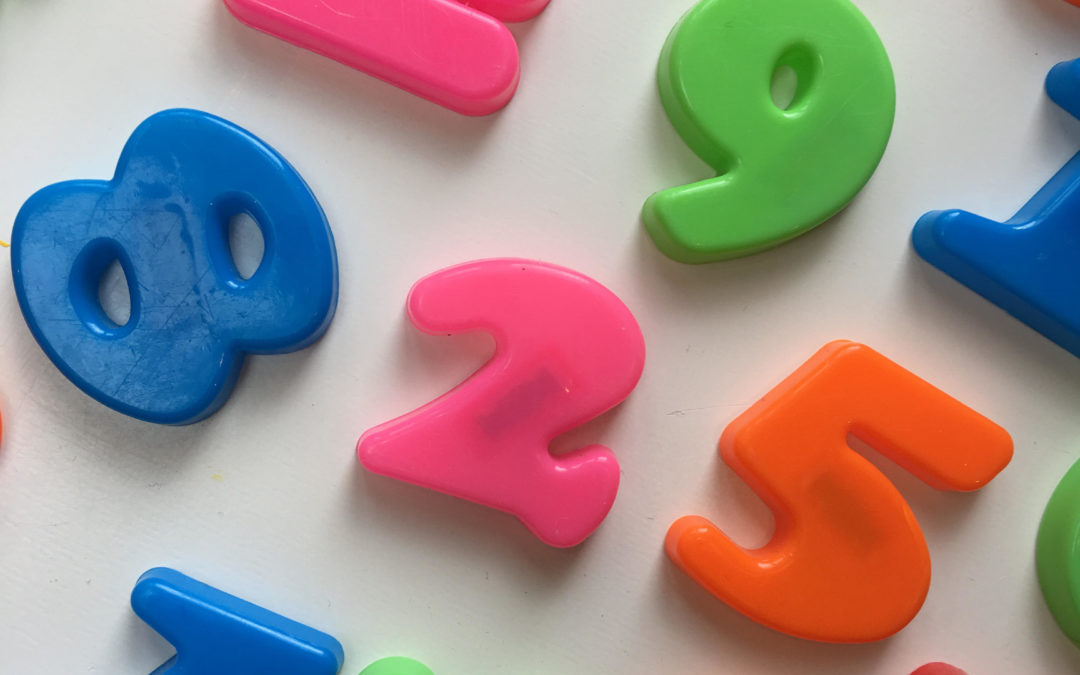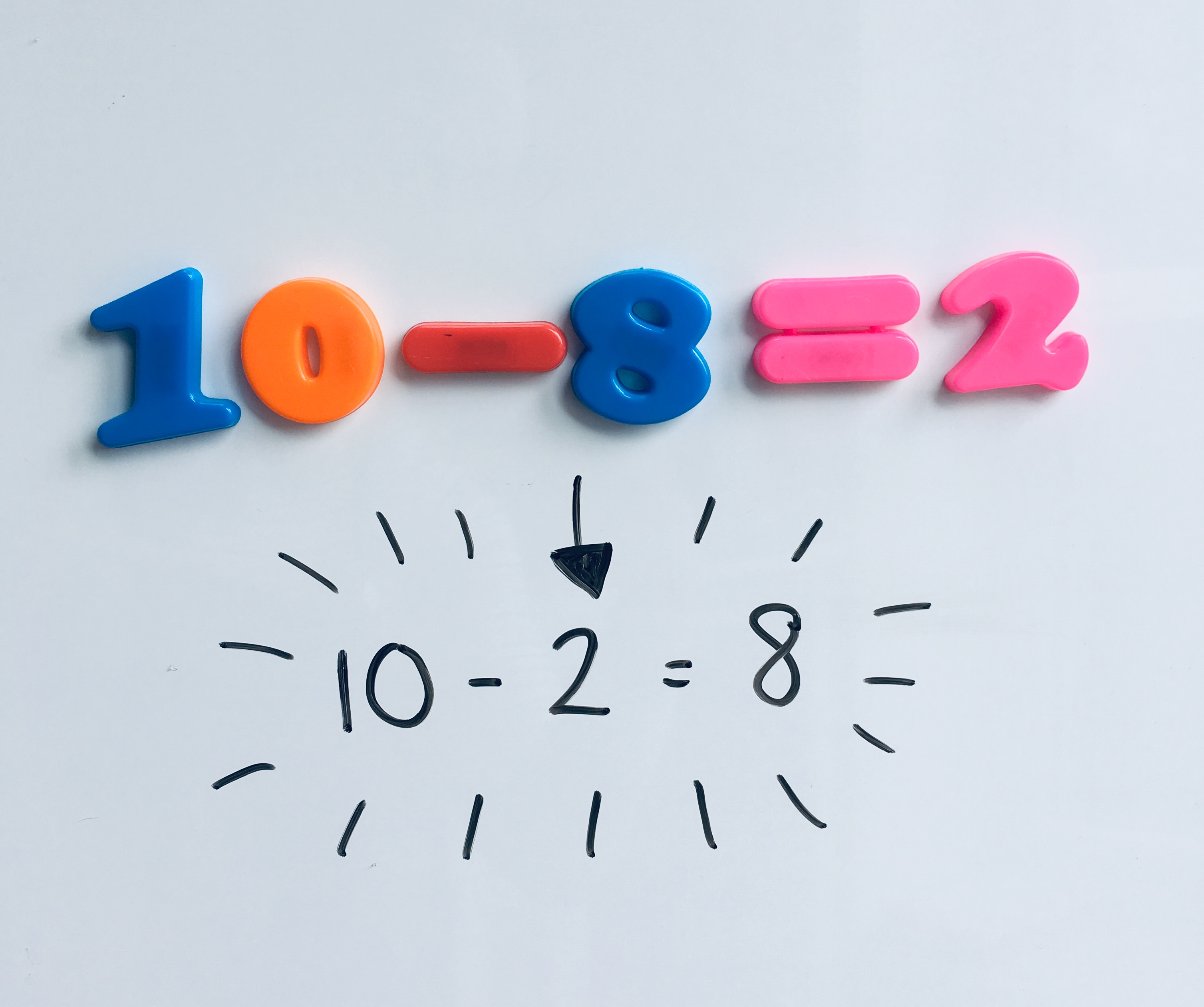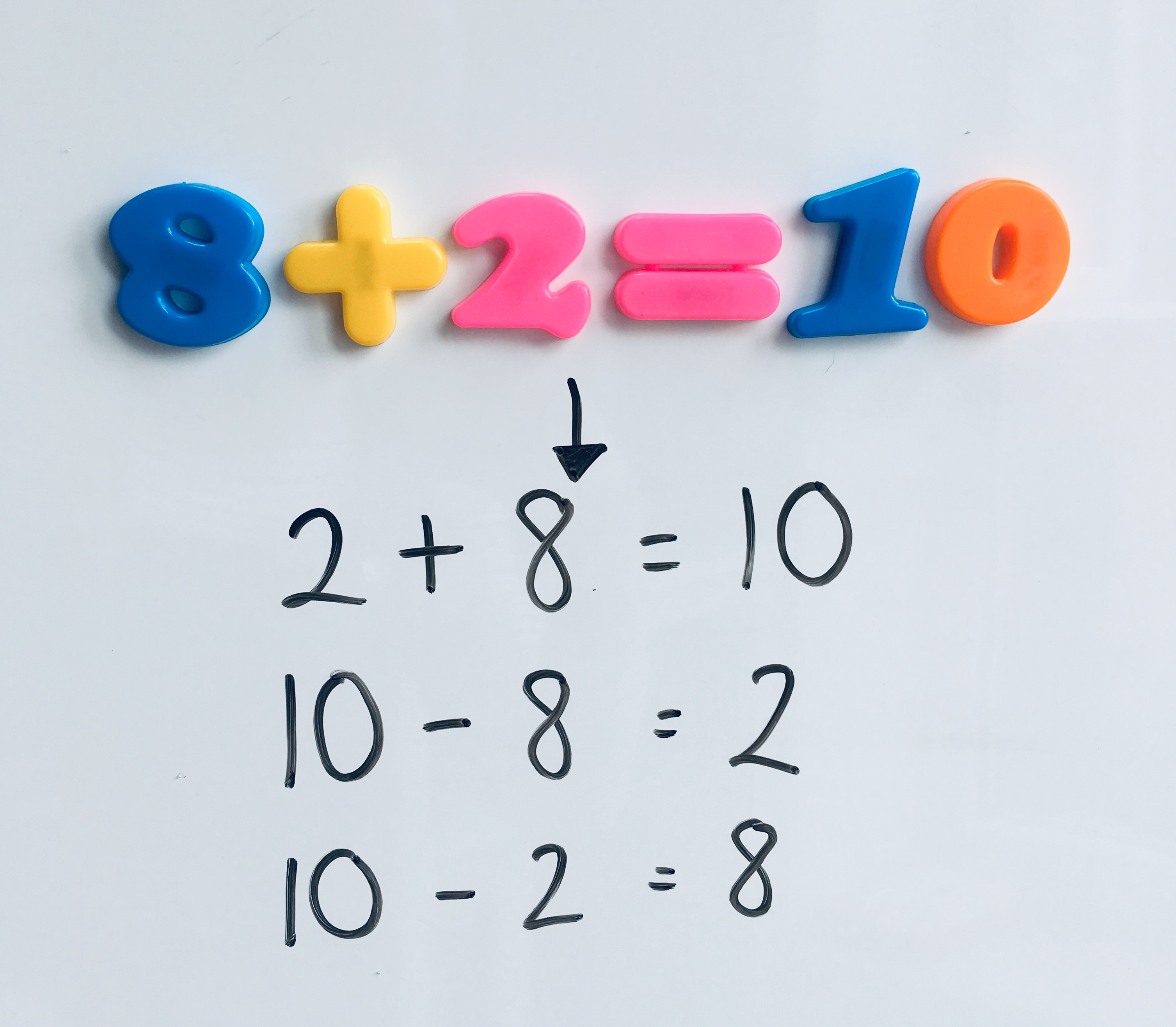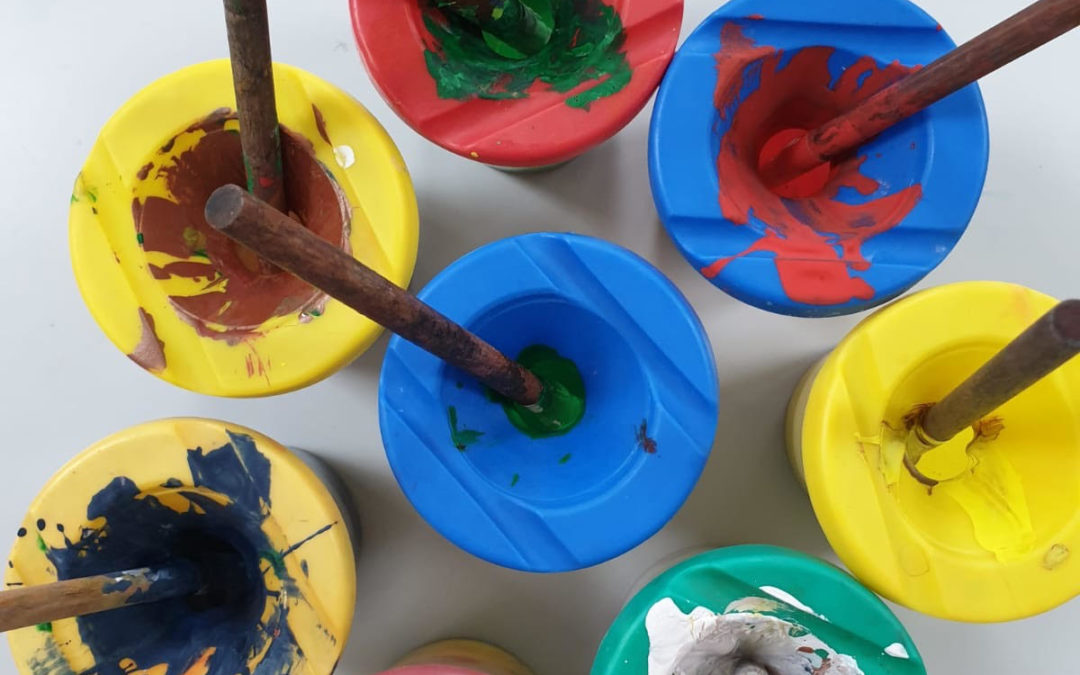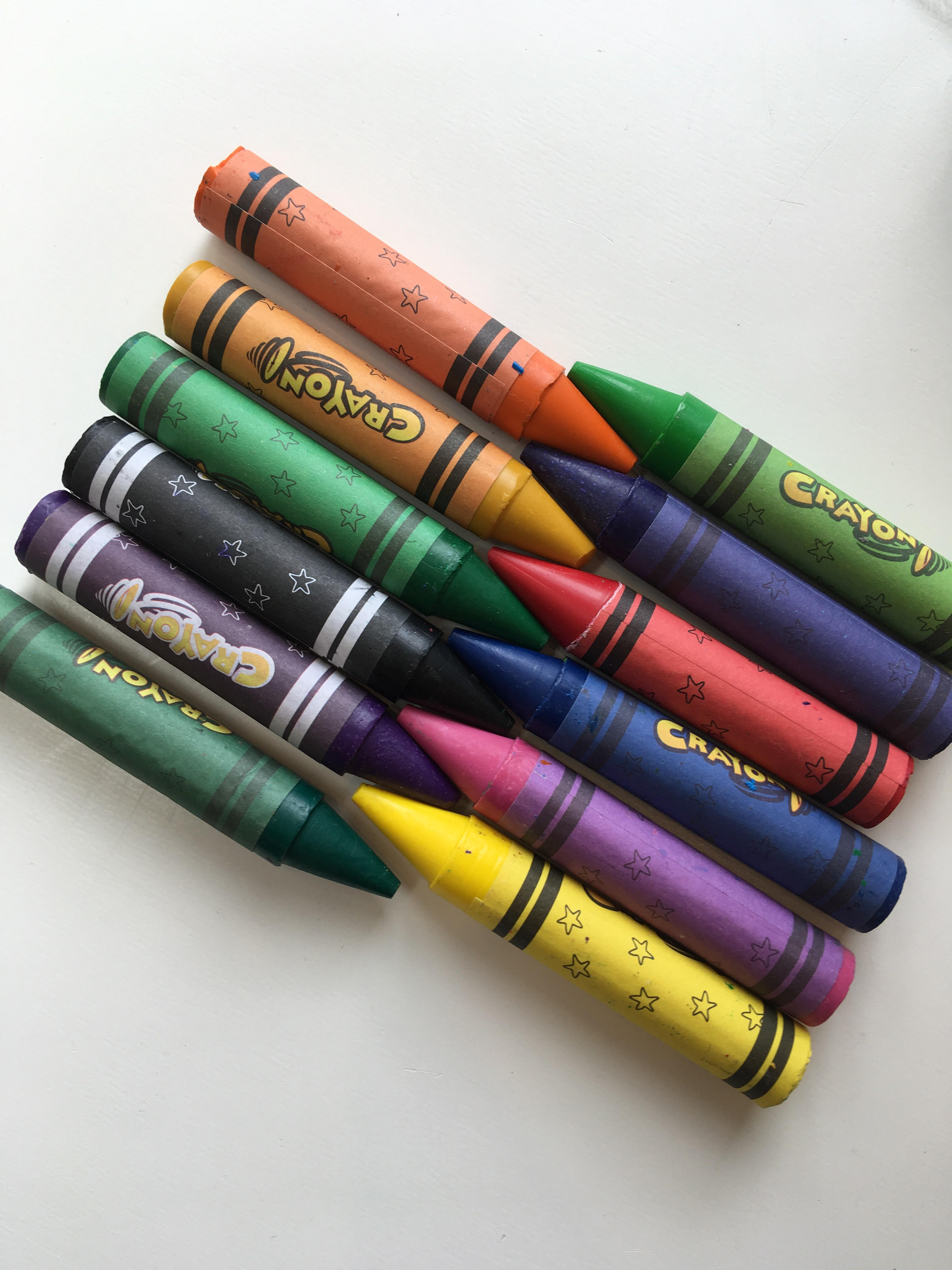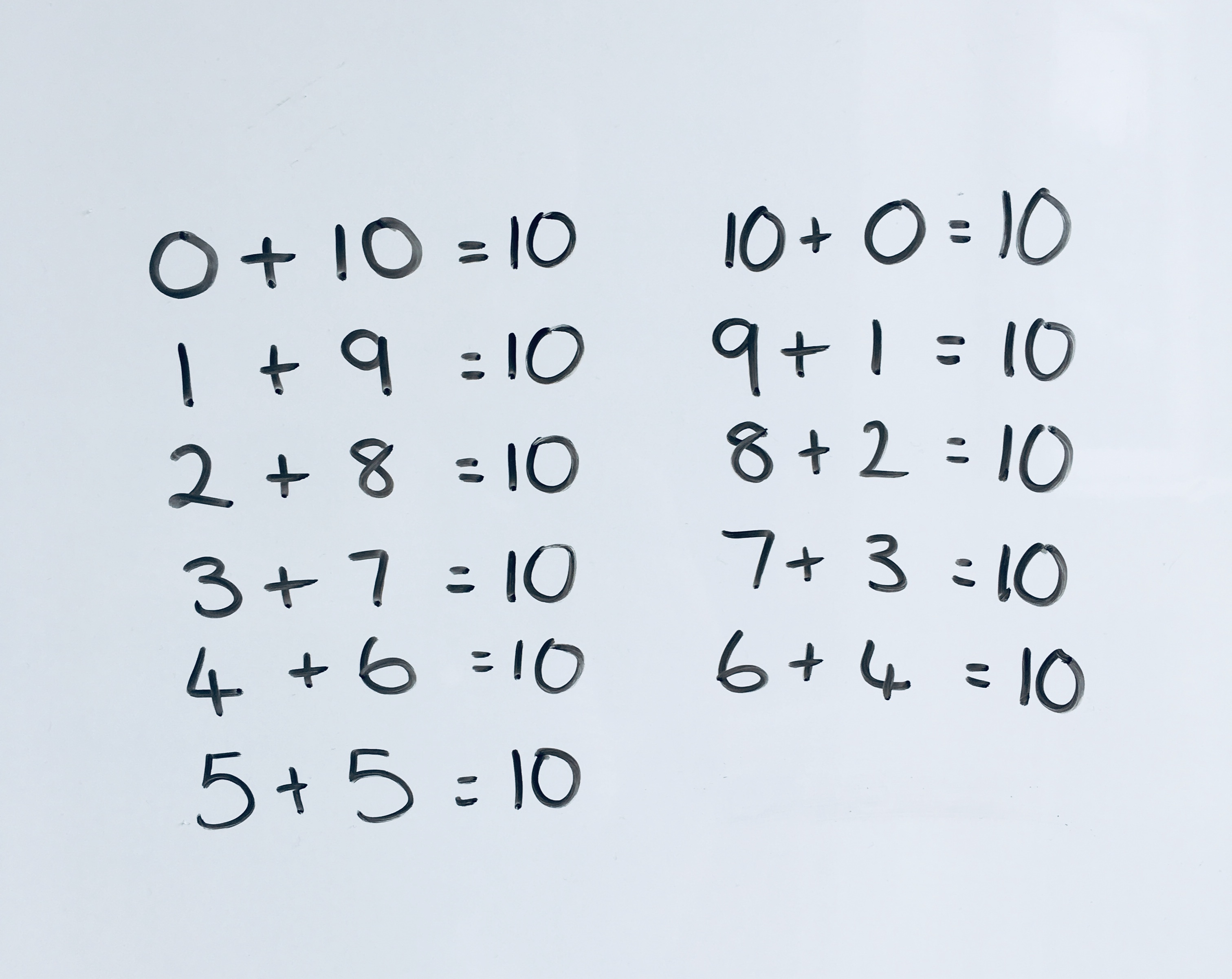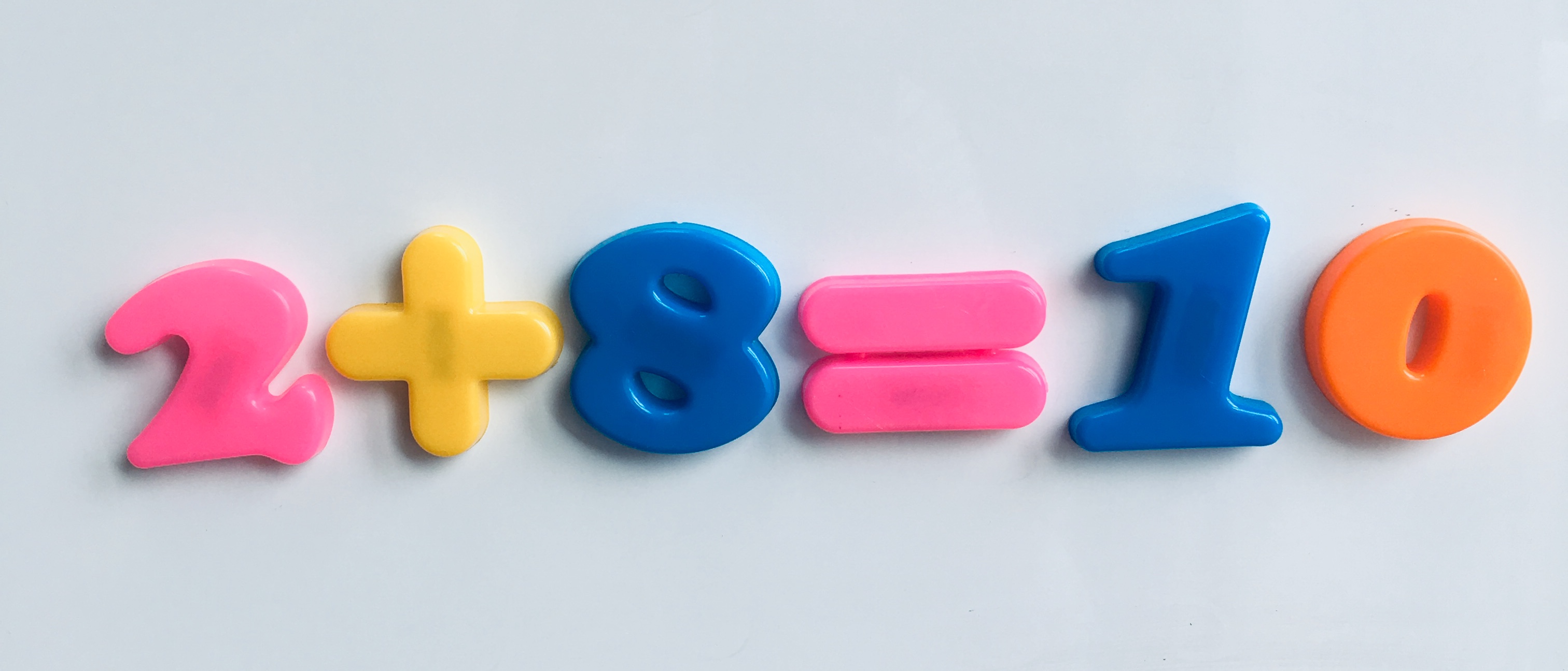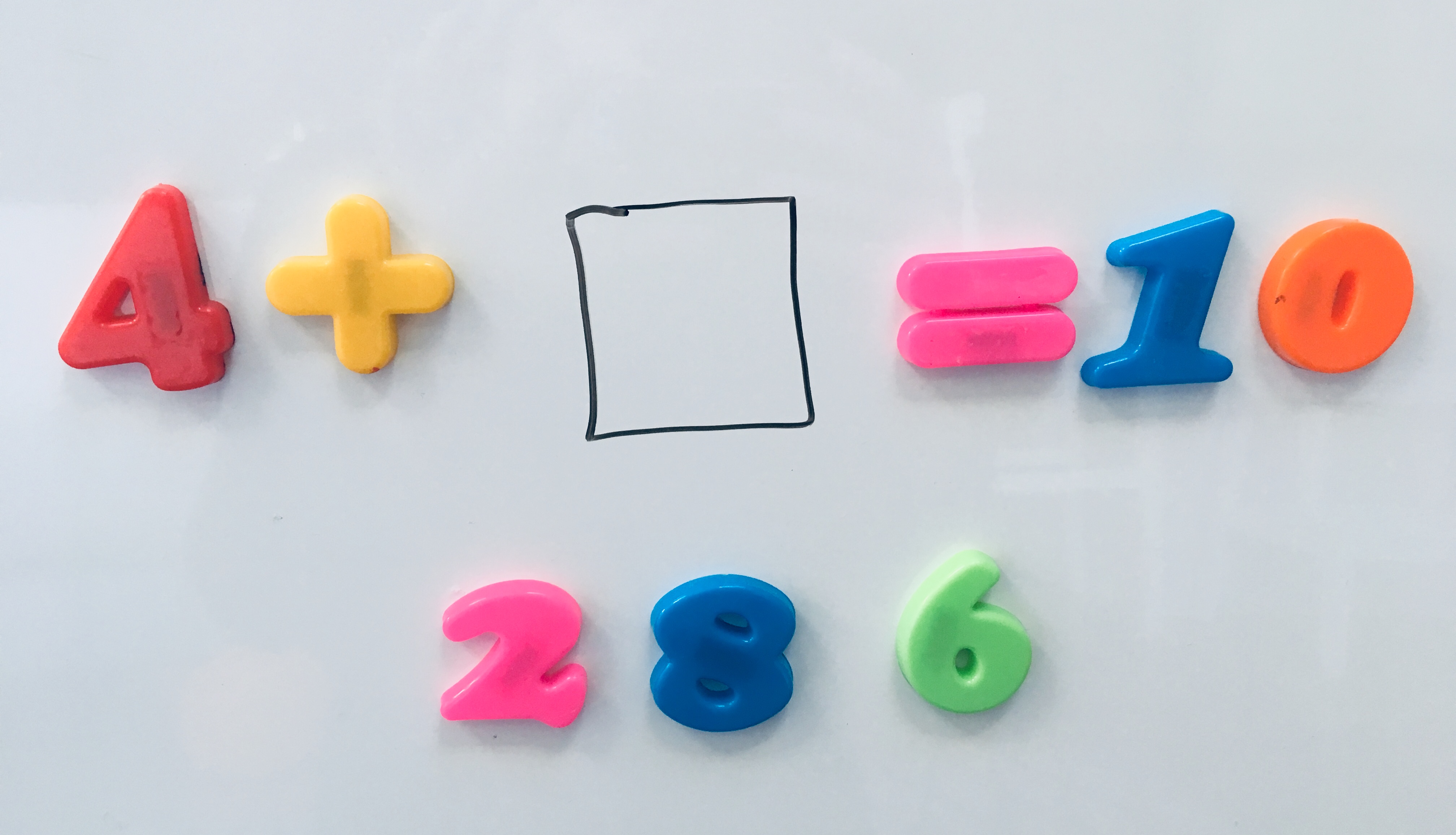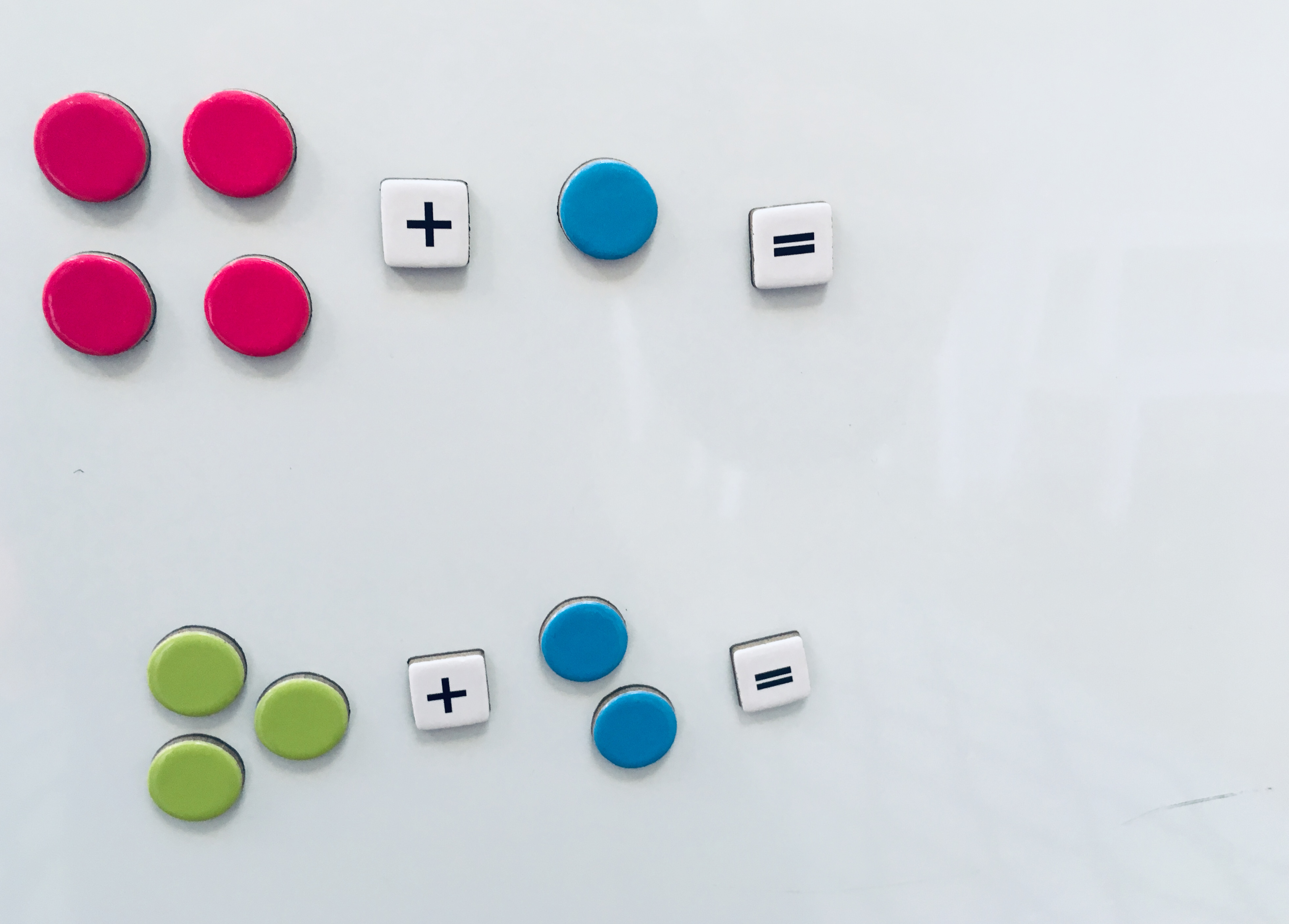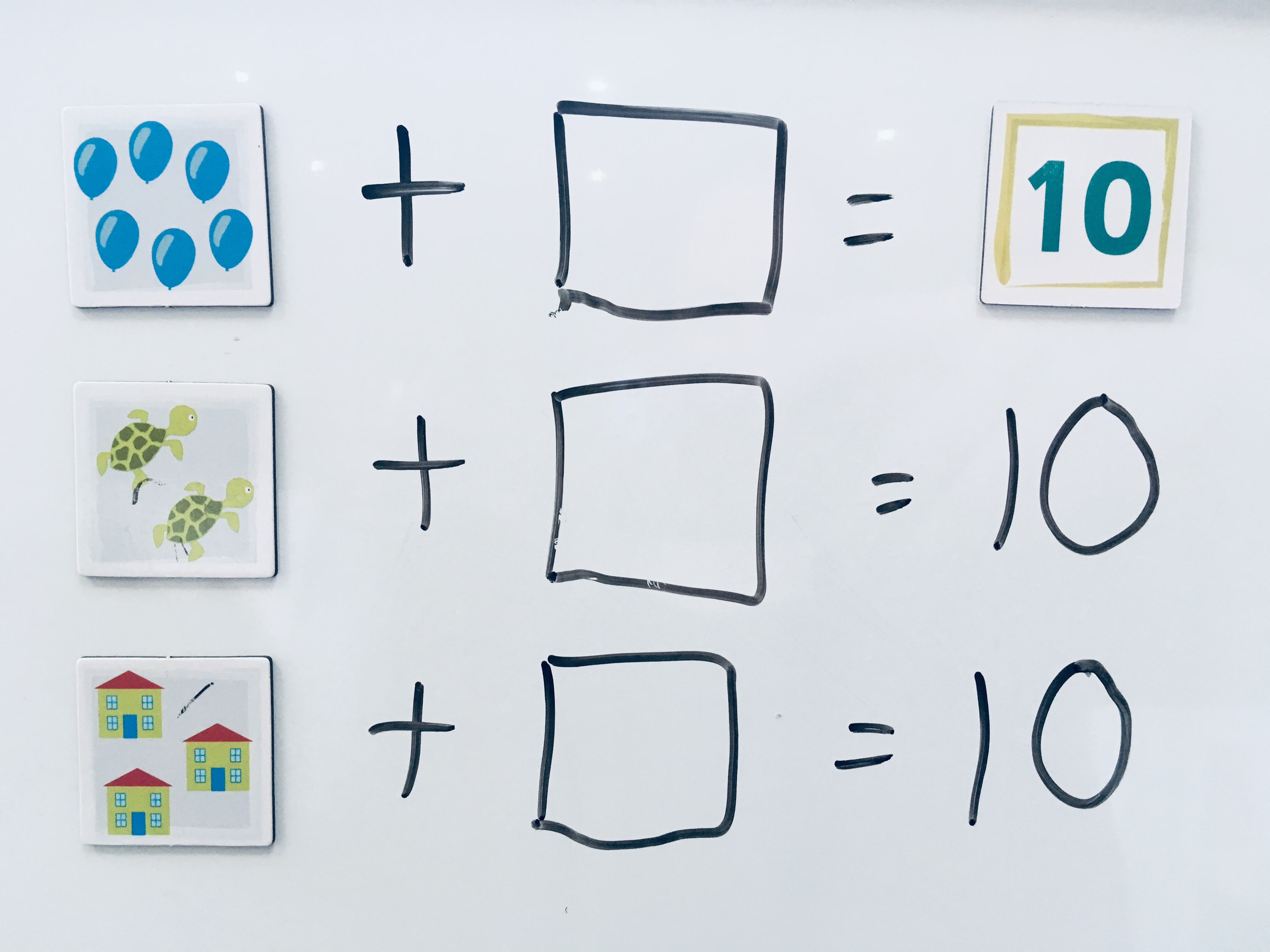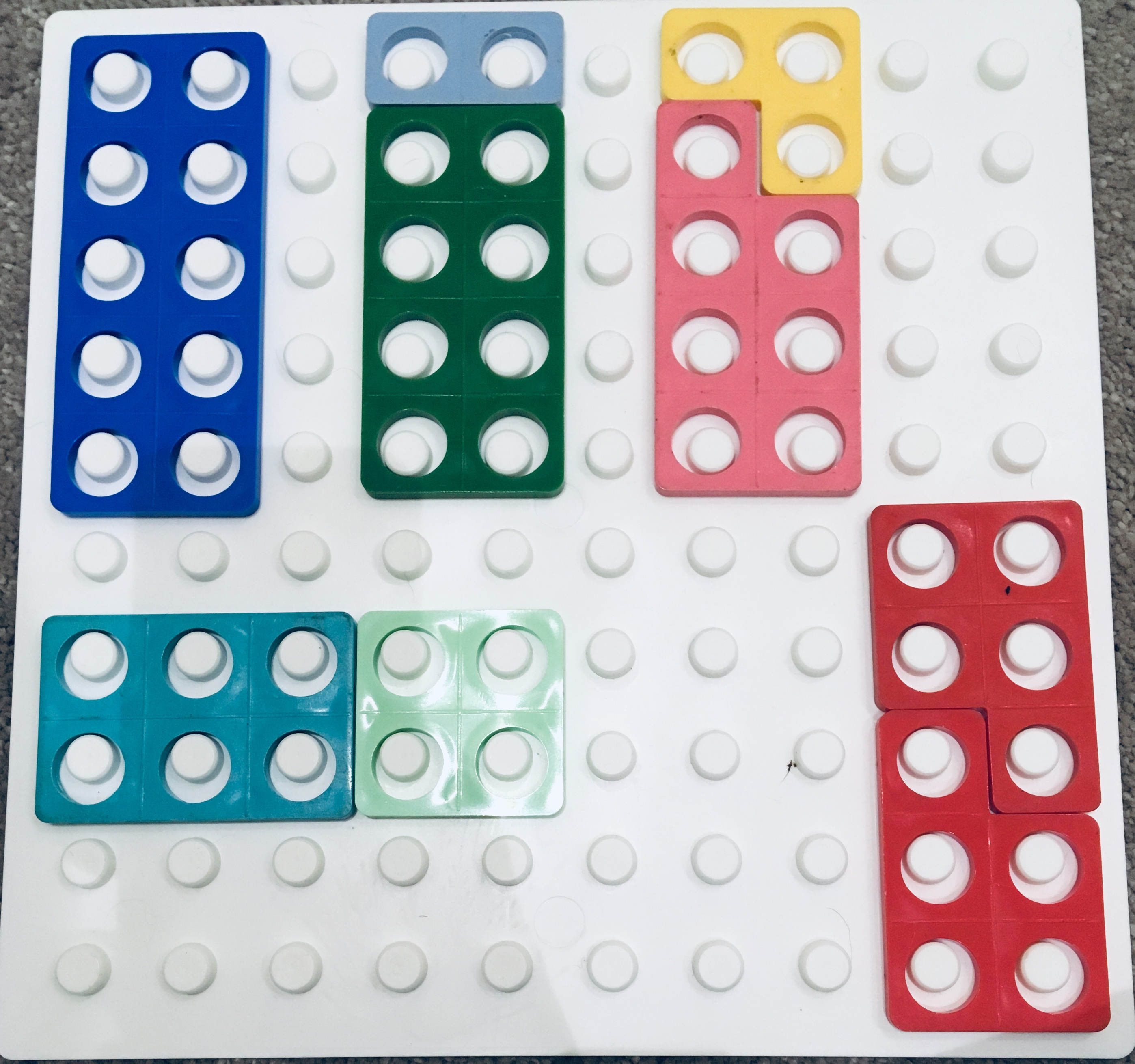
Getting Ready For School – HELP!
OK, so if you’re reading this blog I’m guessing you have a child who will be starting their education journey soon, maybe even this year. If I could see you in person I would ask how you are doing. As a teacher and mother I know from both sides of the school gate that starting school can be a scary prospect for parents/ carers and children alike. BUT, it can also be amazing and hopefully we can offer a few tips and reassurance to get you feeling positive about the experience.
In the previous post we explained what happens during Spring/ Summer time for children starting school in September and what to expect from the school you have been allocated. Click the button to go to this blog if you’re looking for this sort of info, or keep reading for more about ‘school readiness!’
School Readiness is a term which means ‘getting children ready for school’ but the trouble with this phrase is that it can mean different things to different people. Children are delightfully unique and so being ready for school will look different for each child! There are some key things that will set your child off to a great start and I will share these below in Five Top Tips, but first some words of reassurance/ wisdom:
1. Reception teachers and teaching assistants are amazing, well in my experience this has always been true! I know that the thought of leaving the most precious person (or one of the most precious if you are lucky enough to have more than one child!) in the world takes trust and you won’t have that yet. However, please trust me when I say that Reception teachers do understand this and that their first concern is the safety and welfare of your child. They will do everything in their power to make sure your little one is happy. Be sure to communcate your childs needs with them at any meetings, transtition visits and at drop off or pick up. I’m sure you will soon build that trust.
2. School is a journey towards independence. Most of our Top Tips are about children being able to do things by themselves or without too much help. There will be lots of adults and help available at school but children who can be independent will find more success and more enjoyment! Start stepping back and allowing your child to struggle a bit, with things like putting their shoes on and opening the yoghurt pot. Children are persistent little creatures and given the opportunity many will develop independent skills quickly.
3. You don’t need to compare. This is difficult, we know it is. Ever since your beautiful little one came into this world there has been comparison; How much does he weigh? Can she sit up? Does he sleep through? How old was she when she first walked? and so on! School is all of these baby and toddler milestones and more. Brace yourself and just try to remember that your child is unique. School is designed for this and there are lots of ways that teachers will either help your child with the things they find hard or challenge them to do more if they are capable.
With that in mind here are our TOP 5 things to help your child start school sucessfully:

This one sounds a bit ‘academic’ but honestly it’s the only reading or writing that they need. If they can do more then great but children don’t need to know the alphabet, letters or other words before they start school. The name things just really helps them to be more independent as I mentioned above.
Help, my child can’t:
Don’t panic – it’s not a set requirement for starting school. They will still be allowed through the door if they can’t recognise and write their name! There might be a reason they find this hard such as not being able to hold a pencil or having a long name which can be tricky (shorter nicknames or initials are good to start with for long names.) Teachers will do lots to help your child learn this skill and if they can’t do it yet, the adults will help to name their work, find coat pegs etc.
I’d like to practise at home:
- Write their name with different pens/ paints etc, get them to trace over the letters. Write in chalk and get them to ‘rub out’ with a wet paint brush.
- Write their name in different places, label drawings, see if they can spot their name if you write yours and maybe some others too.
- use magnetic letters, cards or anything with letters on – help your child to order the letters or even just choose which comes first.

Help, my child can’t:
Don’t panic! There will be lots of staff at school who can do this with your child. As I said at the start try letting your child struggle a bit with some of the important parts of getting dressed. Some children just like this to be done for them.
I’d like to practise at home:
- Give plenty of time — start the getting ready process at least 30 minutes earlier than normal!
- Give lots of praise for the bits you want them to do alone (you could have a sticker or smiley face chart)
- Leave them to it – don’t punish yourself by sitting and watching. Say “I’ll just go and brush my teeth while you put your socks on and then I’ll be back” or similar. You could even make it a race!
- Play with dolls/ teddies etc and talk about parts of the body, clothes and getting dressed.

Help, my child can’t:
Don’t panic (can you sense a theme here?!) Again this is something that teachers are used to. Children will be helped to wait for a turn with toys, resources, toilets etc. School might have systems such only 10 children outside at one time and they will rotate children around so everyone gets a go throughout the day/ week. These sort of things give structure to turn taking and will help your child to learn.
I’d like to practise at home:
- Play games which invole turn taking, use teddies/ friends/ pets to add more players so children have to wait a bit longer!
- Practise taking turns when you are out and about; at the park or dreaded soft play! Even waiting to wash their hands second or not be the first to get a snack etc will help.

Help, my child cant:
Don’t panic! This is one you will need to tell the teacher about if you don’t think your child will speak out when they need something. They will be able to prompt your child for example asking if they need the toilet or giving options for which activities to choose.
I’d like to practise at home:
- Try encouraging your child to ask friends and family members for help instead of you.
- Ask your child to be clear, if you know what they want but someone else might not, re-phrase it for them. If they say ‘wee wee’ for example try to encourage ‘I need to go for a wee’ or ‘I need the toilet’
- Play with toys that might need something – doctors is a great one. Role play what is wrong with the teddy/ doll etc and model how it can tell someone – “I’m feeling poorly, my head hurts, I fell over.”
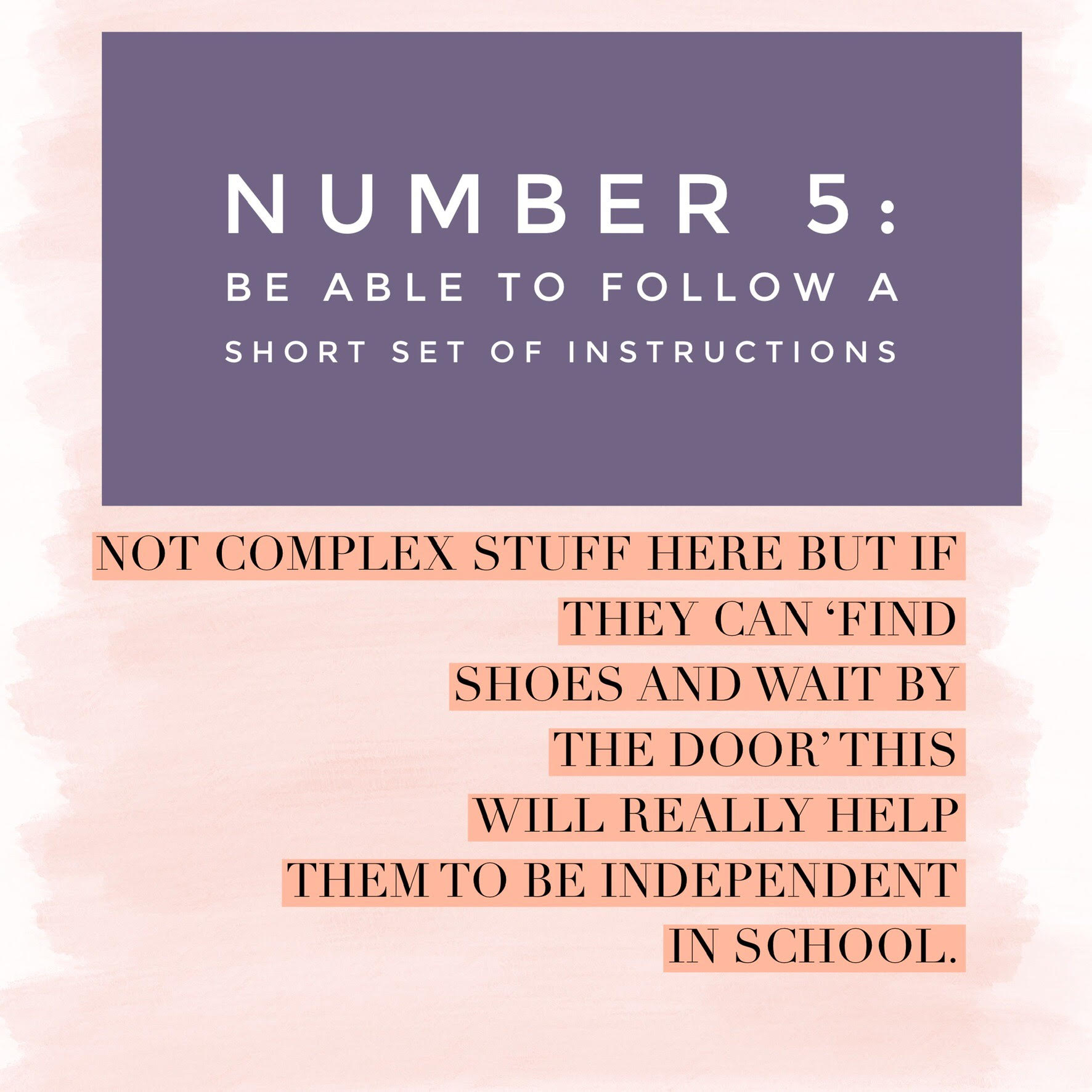
Help, my child can’t:
This is the last one, still don’t panic! Following instructions can be tricky and teachers will help to guide children to do as they have been asked. Lots of children will follow their friends so they would be happy to line up if they saw everyone else doing it. Again, speak to your child’s teacher if you think this is something your child will find really hard as they will have ways to help.
I’d like to practise at home:
- Play instructional games like ‘Simon says’ give directions in play such as parking cars, getting teddies dressed etc.
- Give short instructions at home such as ‘find a plate,’ ‘put on your shoes’ and praise children for good listening and following the instructions.
That’s it, easy peasy! Hopefully those top 5 aren’t too scary and I’m sure you got the gist of ‘don’t panic’ throughout! Honestly, children are all so different and with lots of encouragment they will really enjoy school, even if they can’t do any of these things! Enjoy the time before they start and stock up on tissues for day number 1!
Check out our instagram and facebook pages for more ideas about what to do at home!
Another blog coming soon (well probably August) about coping with the first term of school.

